Natural Ventilation In Buildings CFD: A Fluent Tutorial on Buildings & Atriums
Natural Ventilation In Buildings CFD: A Fluent Tutorial on Buildings & Atriums
- Upon ordering this product, you will be provided with a geometry file, a mesh file, and an in-depth Training Video that offers a step-by-step training on the simulation process.
- For any more inquiries regarding the product, please do not hesitate to reach out to us at info@CFDLAND.com or through our online support assistant.
€160 Original price was: €160.€75Current price is: €75.
In modern architecture, providing fresh air to high-rise buildings without using expensive, energy-hungry fans is a major goal. Natural ventilation is the perfect solution. A smart design, like a building with a central atrium, can use natural physics to create its own airflow. A Natural Ventilation In Buildings CFD simulation is the best way to test and prove these designs before they are built. This report details a CFD simulation of a high-rise building connected to an atrium, based on the innovative design from the research paper, “Effects of ‘wall angularity of atrium’ on ‘buildings natural ventilation and thermal performance’ and CFD model” [1].
- Reference [1]: Fini, Ali Shafiei, and Ali Moosavi. “Effects of “wall angularity of atrium” on “buildings natural ventilation and thermal performance” and CFD model.” Energy and Buildings121 (2016): 265-283.
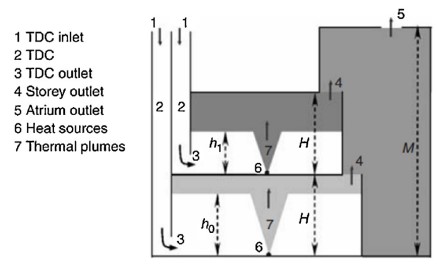
Figure 1: The geometric description of a two-story building connected to an atrium, used as a basis for the high-rise model [1].
Simulation Process: Modeling Buoyancy-Driven Ventilation in Fluent
For this study, a 2D model of a high-rise building with a central atrium was created. The dimensions were based on the schematics in the reference paper. To keep the simulation fast and cost-effective, a structured grid was used to fill the geometry. This type of mesh is very efficient and provides high-quality results for architectural simulations. The entire Natural Ventilation Fluent simulation was solved in ANSYS Fluent to model the airflow and heat transfer.
Post-processing: CFD Analysis, How Heat Creates a Natural Air Engine
The simulation results provide a clear and fully substantiated story that begins with temperature, which is the “cause” of the entire ventilation process. The temperature contour in Figure 3 is the visual proof. Heat from sunlight and from people inside the building warms the air. As air gets warmer, it becomes lighter and less dense. The contour shows this perfectly: cooler air (blue, around 290-295K) stays near the floor, while warmer air (green and yellow, around 300-310K) naturally rises toward the ceiling. This temperature difference between the lower and upper parts of the building creates a constant upward pressure. This phenomenon, known as thermal buoyancy, is the invisible engine that powers the entire system without a single fan.
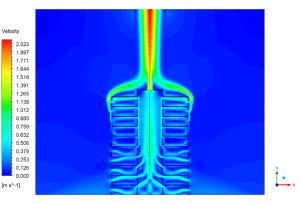
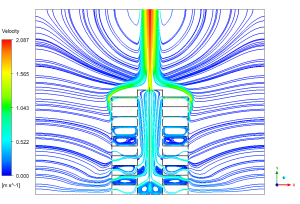
Figure 2: Velocity streamlines from the Buildings Ventilation CFD analysis, showing how the stack effect drives fresh air through each room.
This natural upward pressure has a direct and powerful “effect” on the air movement, which is clearly shown in the velocity contour in Figure 2. The rising warm air creates a strong updraft in the central atrium, a process known as the stack effect. The velocity contour proves this, showing air speeds reaching up to 2 m/s (red) in this central “chimney.” As this air rises and exits through the top, it creates a gentle suction at the lower levels. This suction pulls fresh, cool air into each room through the side openings, which can be seen as the light blue streams entering each floor. The streamlines confirm that this design creates a smooth, continuous loop of air, ventilating every corner of the rooms. The most significant achievement of this Natural Ventilation CFD simulation is the clear demonstration of how the building’s architectural design (the cause) harnesses the simple physics of thermal buoyancy to create a powerful, self-sustaining stack effect (the effect), resulting in a continuous supply of fresh air and excellent thermal comfort with zero energy consumption.
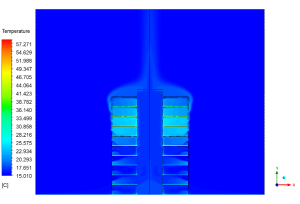
Figure 3: Temperature contour showing the thermal gradient that powers the buoyancy-driven ventilation inside the building.
We pride ourselves on presenting unique products at CFDLAND. We stand out for our scientific rigor and validity. Our products are not based on guesswork or theoretical assumptions like many others. Instead, most of our products are validated using experimental or numerical data from valued scientific journals. Even if direct validation isn’t possible, we build our models and assumptions on the latest research, typically using reference articles to approximate reality.
Yes, we’ll be here . If you have trouble loading files, having technical problems, or have any questions about how to use our products, our technical support team is here to help.
You can load geometry and mesh files, as well as case and data files, using any version of ANSYS Fluent.
€310 Original price was: €310.€170Current price is: €170.

€130 Original price was: €130.€85Current price is: €85.

€130 Original price was: €130.€115Current price is: €115.

€185 Original price was: €185.€125Current price is: €125.

€110 Original price was: €110.€65Current price is: €65.

€120 Original price was: €120.€75Current price is: €75.


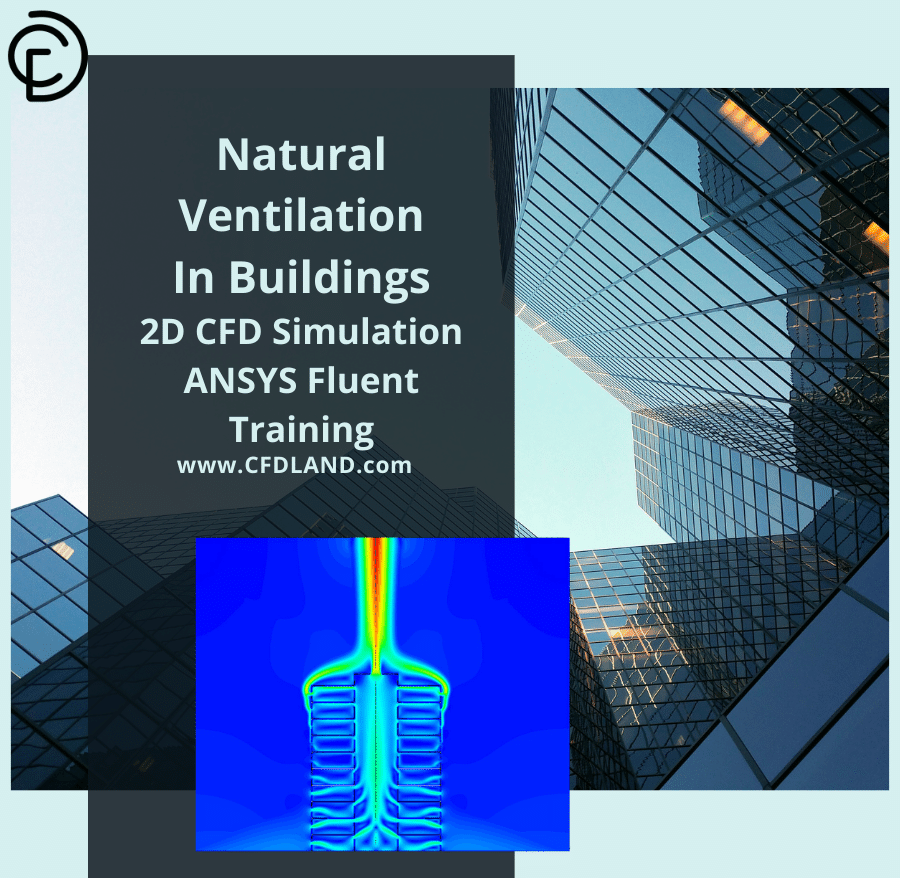



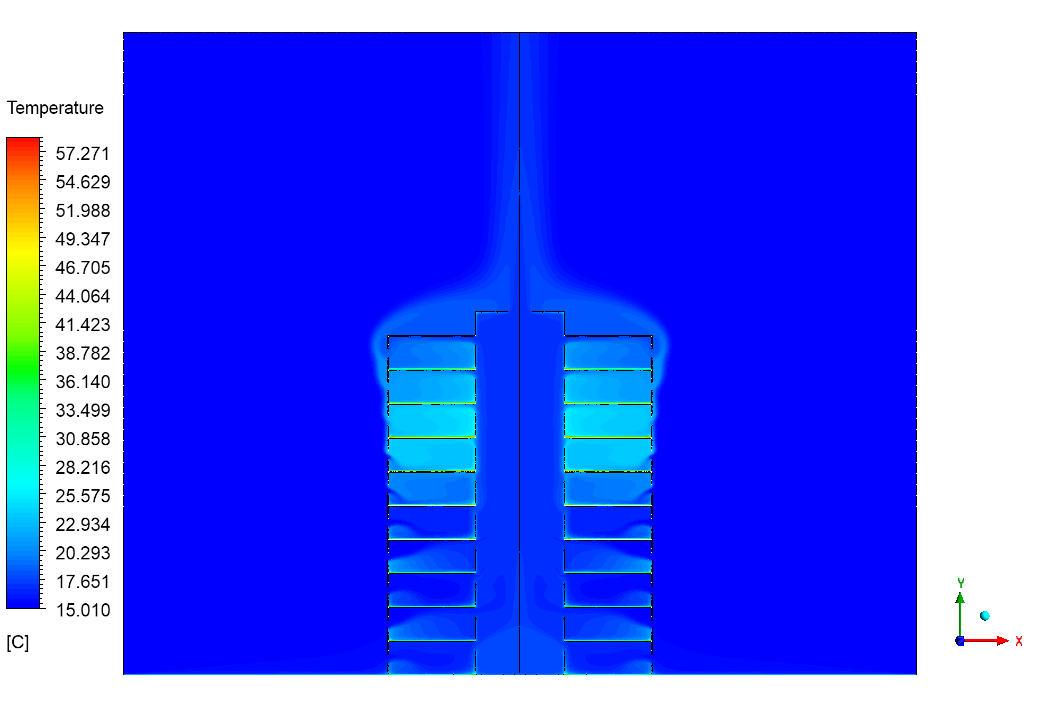







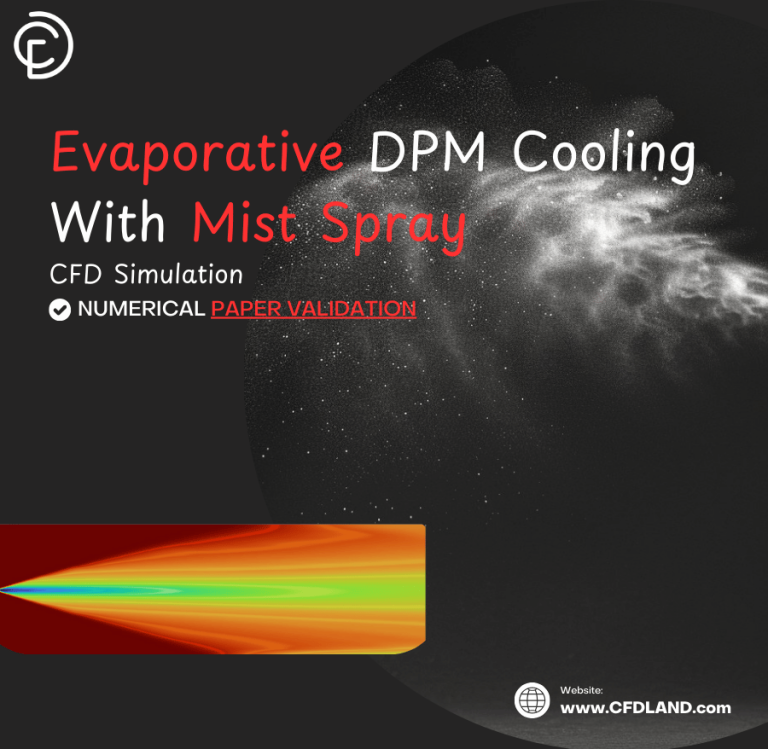
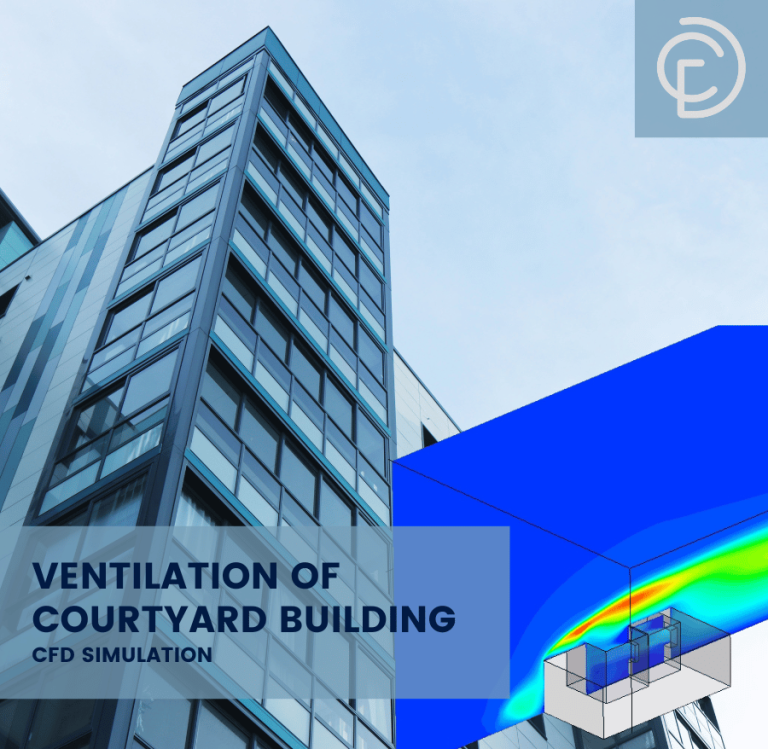
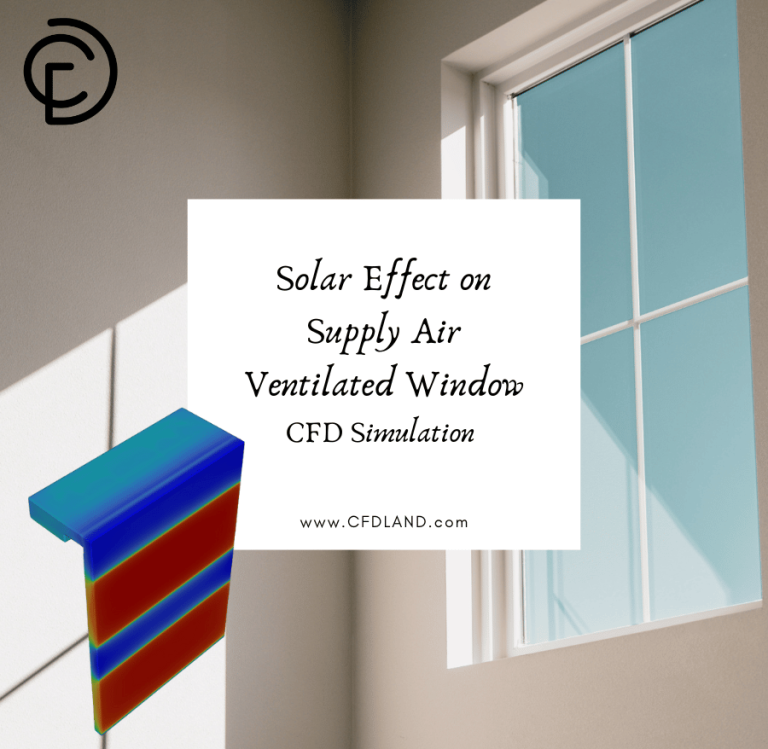
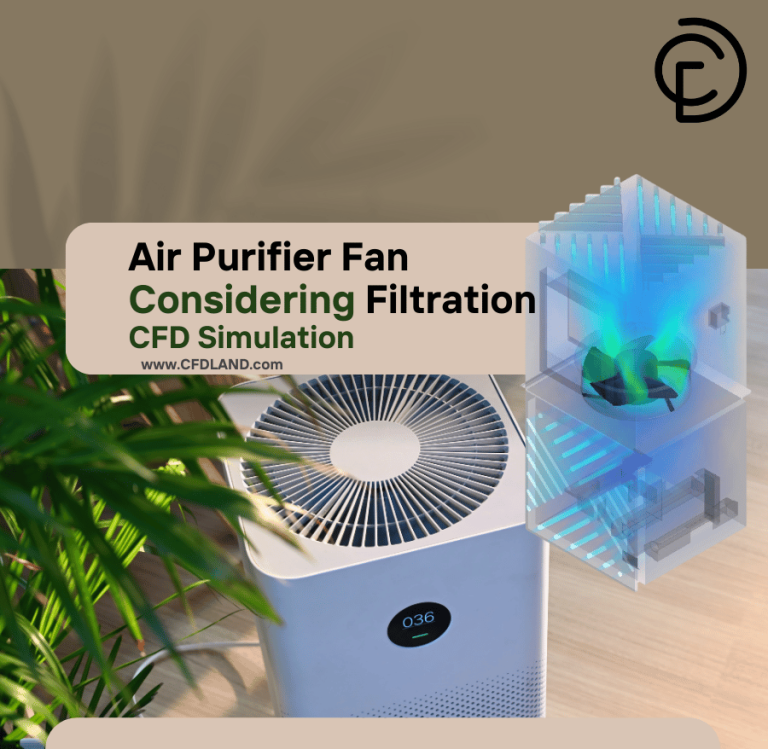


Reviews
There are no reviews yet.